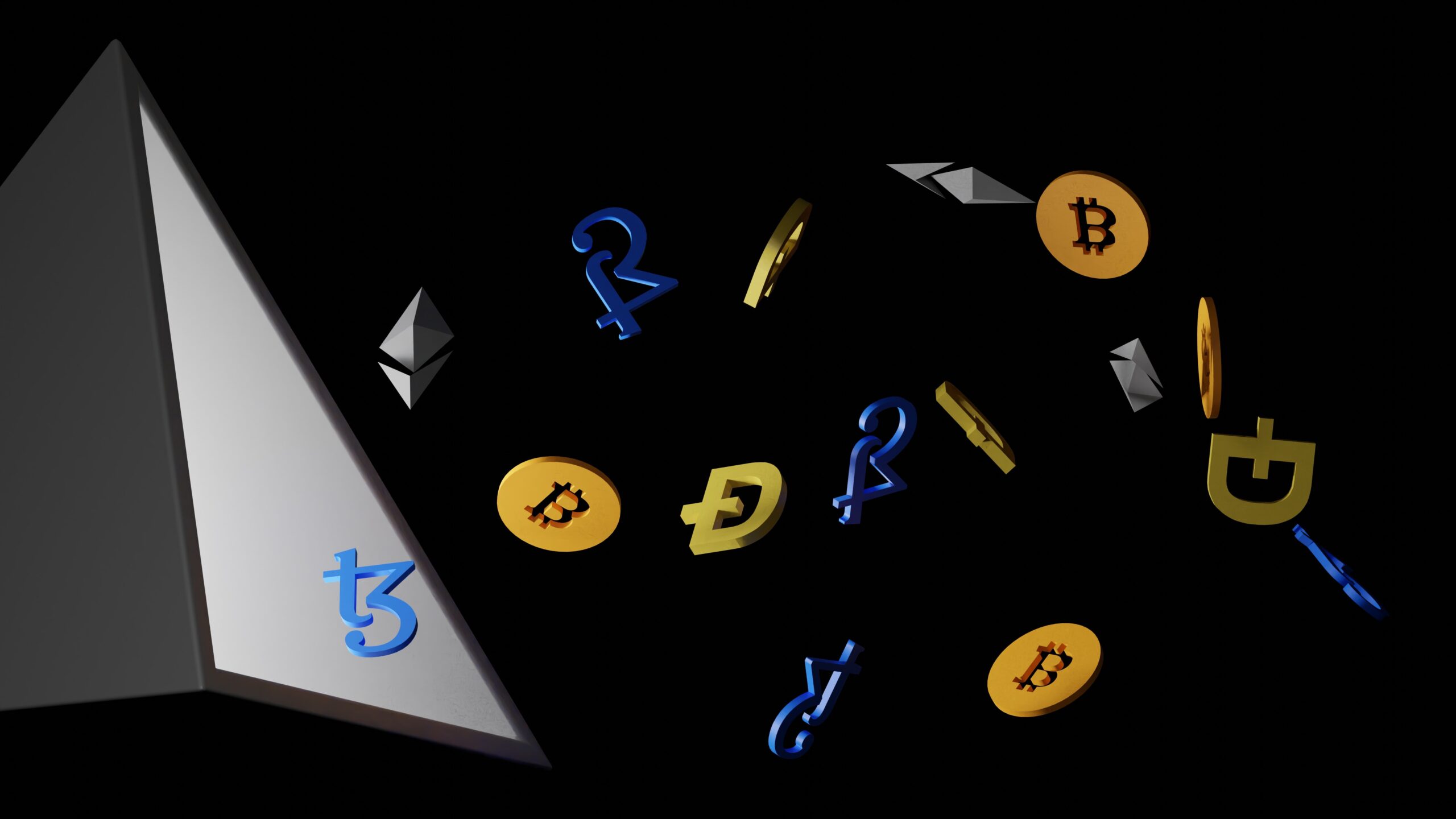Introduction:
The world of finance is undergoing a seismic shift with the emergence of Decentralized Finance (DeFi). DeFi challenges the traditional banking system, offering innovative solutions and redefining how we interact with financial services. In this blog post, we will conduct a comparative analysis of DeFi and traditional banking, exploring their key differences, advantages, and potential impacts on the financial industry.
Chapter 1: What Is Decentralized Finance (DeFi)?
Before we dive into the comparison, let’s establish a clear understanding of what DeFi is and how it operates. This chapter provides an overview of the DeFi ecosystem, highlighting its core principles and technologies.
Chapter 2: Traditional Banking: The Conventional Model
To provide context, this chapter outlines the traditional banking system, explaining its role, services, and the centralized nature of financial institutions.
Chapter 3: Accessibility and Inclusivity
One of the significant advantages of DeFi is its accessibility. We’ll compare how DeFi opens up financial services to a global audience, including the unbanked and underbanked populations.
Chapter 4: Intermediaries vs. Trustless Transactions
DeFi eliminates the need for intermediaries in financial transactions. We’ll explore how DeFi relies on smart contracts and blockchain technology to enable trustless transactions, reducing counterparty risk.
Chapter 5: Control and Ownership of Assets
In DeFi, users have full control and ownership of their assets. We’ll discuss how this differs from traditional banking, where custody of assets often rests with the financial institution.
Chapter 6: Transparency and Security
Transparency and security are critical factors. This chapter compares how DeFi’s use of blockchain technology enhances transparency and how the technology’s security features may offer advantages over traditional banking systems.
Chapter 7: Financial Services in DeFi
DeFi offers a wide range of financial services, including lending, borrowing, trading, and yield farming. We’ll compare these services with their traditional counterparts, exploring the benefits and limitations of each.
Chapter 8: Regulatory Environment and Challenges
DeFi operates in a regulatory gray area. We’ll examine the challenges DeFi faces concerning regulations, compliance, and potential legal issues.
Chapter 9: Risks and Considerations
Both DeFi and traditional banking have their respective risks. This chapter provides an analysis of the risks associated with each, including smart contract vulnerabilities and bank insolvencies.
Chapter 10: The Future of Finance: Coexistence or Competition?
The final chapter delves into the potential future of finance, considering whether DeFi and traditional banking will coexist, compete, or find ways to collaborate.
Conclusion:
Decentralized Finance (DeFi) and traditional banking represent two distinct approaches to financial services. While both have their strengths and weaknesses, DeFi’s innovative and decentralized nature has the potential to reshape the financial industry. As DeFi continues to evolve and mature, it will be fascinating to observe how it complements or disrupts traditional banking, ultimately shaping the future of finance.
